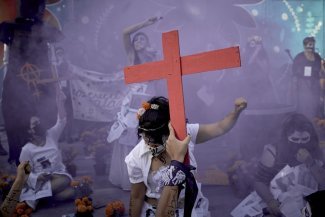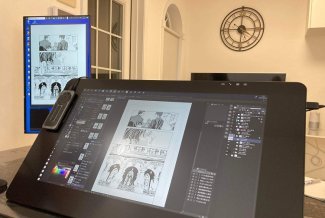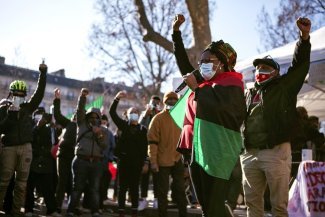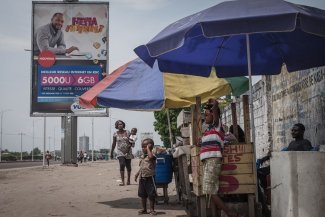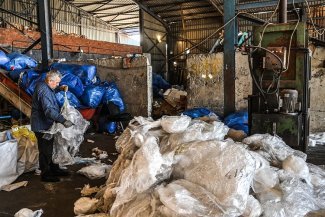Protestors in the Kyrgyz capital of Bishkek calling for the nationalisation of a Canadian-owned gold mine attempted to storm a key government building yesterday in what is being described as an attempted coup.
Over 1,000 demonstrators converged on Bishkek’s central Ala-Too square to protest against Prime Minister Zhantoro Satybaldiyev’s recent assurances to the Canadian owners of the Kumtor gold mine that it would not be nationalised.
Protestors have accused the Centerra Gold Company, the Toronto-based company which owns the Kumtor mine in northern Kyrgyzstan, of environmental damage and financial irregularities.
Dozens of protestors, including the leader of the Ata Zhurt opposition party Kamchybek Tashiev, climbed over the security fence and attempted to enter a central government building known as the White House, which houses both the parliament and other key government offices, but police used stun grenades and tear gas to push them back.
"We must occupy the offices of ministers and members of parliament and spend nights there ... in order to create a new state system which will truly serve the people," Reuters reported Tashiev.
"Bureaucrats in the government promised that they would take Kumtor back and it would work for the good of the people ... Kumtor belongs to our nation, and we must change the entire state system and replace this government."
Twelve demonstrators were injured according to the Ministry of Health; three with gunshot wounds. Most of those who were involved in the attempt to storm the White House have been detained by police, although Tashiev’s whereabouts are said to be unknown.
An interdepartmental investigative team from the staff of the National Security Committee, the Interior Ministry and the Prosecutor General’s Office will decide whether to institute criminal proceedings against the participants and organisers of the rally.
Satybaldiyev was only voted into power on 5 September and vowed to fight corruption and restore economic prosperity. To stimulate growth, he is trying to lure investors into the country, which is one of the poorest of the former Soviet republics and has seen two presidents ousted since 2005.
Which explains why he is so keen to appease Centerra. He met with top Centerra on Monday and according to Reuters he told reporters that "Kumtor will not be nationalized. Problems will be resolved. I asked (the Kumtor venture) to keep up its output."
The Kumtor mine is of vital strategic importance to the country. As one of the biggest gold mines in Central Asia, it has produced more than 8.4 million ounces of gold since Centerra took over in 1997. It also accounts for 12 percent of the country’s GDP as well as more than half of Kyrgyzstan’s exports in 2011.
But the mine has been beset by controversy and on 18 June 18 2012, a 300-page report by a parliamentary commission accused Centerra of a number of damaging infringements. It alleged that operations at the open-cast mine had thawed a nearby glacier, poisoned streams and killed rare plants.
It also claimed that Centerra had been using accounting tricks to underpay taxes. Centerra denied all the allegations but the company’s reputation took a hit – as did its share price, which plummeted by more than 50 percent in the wake of the report.
Centerra had also been previously linked to a major accident in May 1998, in which a truck on its way to Kumtor fell into the Barskaun River.
The truck was carrying nearly two tons of sodium cyanide; the resulting pollution left several people dead and hundreds requiring medical treatment. The company came under fire for failing to inform locals of the accident.




